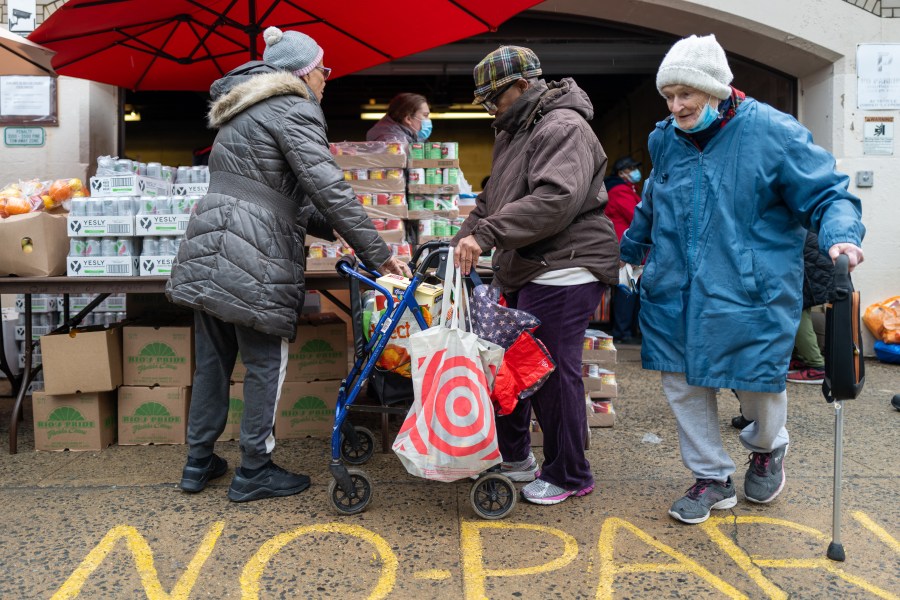(NewsNation) — Food insecurity in the U.S. rose 0.7% last year, raising the official food insecurity rate from 12.8% in 2022 to 13.5% in 2023, according to the U.S. Department of Agriculture.
While 114.6 million households were food secure, an estimated 47 million American households had little to no food available for themselves or their families in 2023, The Conversation reported.
More than half of food-insecure households include children. Of those children impacted by food insecurity, 841,000 experienced very low food security.
According to the USDA, food insecure households are defined as “uncertain of having or unable to acquire enough food to meet the needs of all their members because they had insufficient money or other resources for food.”
Residents in Arkansas, Kentucky, Louisiana, Mississippi, Oklahoma, South Carolina and Texas have the highest food insecurity rate in the U.S., according to the data.
The Conversation reported that the food insecurity rate increased rapidly due to the “sharp decline in government benefits” and elevated food prices.
